Every year, more cities mount biennials. Over a century of variations on a similar theme, and the purpose of this recurring model remains unclear – beyond, perhaps, attracting cultural tourism, and in some cases fueling the fires of nationalism or regional identity. These exhibitions are known to elevate the visibility of emerging and mid-career artists, but as a curatorial format, the biennial rarely yields stronger results than any other group exhibition. Nonetheless, the number of biennials, triennials, and quinquennials worldwide now hovers around three hundred, having reached only fifty prior to the 1990s.
The Atlanta Biennial arrived relatively early: in 1985 the organization Atlanta Contemporary, then known as the artist cooperative Nexus, offered a corrective to the Whitney Museum’s apparent inability to represent the geographic United States – and particularly the South – in its curating (once again, the artists in this year’s Whitney Biennial are based primarily in New York and Los Angeles). Since then, the Atlanta Biennial has been held at irregular intervals and scales. Where other biennials are expanding – producing mostly numbing overstimulation – the Atlanta Biennial has pared down its curatorial team and roster of artists in recent years. Perhaps most notable is the sense of managed ambition within the biennial: they seem to be refusing to attempt the impossible task of defining Southern art.
Titled A thousand tomorrows, the 2019 Atlanta Biennial features the work of twenty-one artists from ten Southeastern states. Curated by Phillip March Jones, curator-at-large at Institute 193 in Lexington, Kentucky, and by Atlanta Contemporary’s Daniel Fuller, the exhibition ambles between poles, collapsing distinctions between mainstream and “folk,” personal narrative and political proclamation, past and future, art and artifact. Joni Mabe’s labyrinthian found-object assemblages (2019) seem as suited to a museum of Southern living as they do to a contemporary art gallery. The same goes for Jill Frank’s striking 2019 campaign portraits of Triana Arnold James, a former candidate for lieutenant governor, three-time Mrs. Georgia, army vet, and mother of twelve. Combining Asian and Southern art historical and pop cultural imagery, Jiha Moon’s ceramic sculptures (2015-18) cram visual histories from both sides of the globe onto the surfaces of small but heavily-loaded vessels. These and other works present a complex but understated conception of 21st-century America, an intimate contemporaneity too often overlooked by biennial curators.
Because on-the-nose social relevance has become a kind of curatorial currency, biennials are increasingly turning to political bravado. Unfortunately (for them, and for us), the cold-blooded capitalism underwriting exhibitions like this one tends to nullify or at least complicate any claim to disruptive power (see: Whitney Museum vice chairman Warren Kanders’s participation in the production of military equipment used against asylum seekers along the US-Mexico border). Fuller and March Jones are interested in a broader vision, asserting that the participating artists are devoted to “recapturing their future: combining their vision and abilities to construct something tangible and welcoming tomorrow, the day after, and many days after that.” If noncommittal, this sentiment carries an earnestness and – stranger yet – an optimism that’s rare in our country’s moment of reckoning.
Nonetheless, the art in A thousand tomorrows is mindful of yesterday’s traumas and today’s horrors. John Isiah Walton’s painted portraits (2012-16) of Dick Cheney, Condoleezza Rice, and other political figures in Krewe of Zulu blackface are displayed opposite Jim Roche’s brazen hand-stenciled slogan series (2016-18) for the Trump era (“Whose pussy would Jesus grab?”). In the more insular spaces of the artworld, these works might seem to shout into a void – but here, in a publicly-engaged nonprofit, in a city richer in culture than cultural capital, they strike something real. More refreshing yet are the pieces that require a slower look. Formally exuberant at first glance, Kevin Cole’s expansive aluminum wall sculpture When My Scars Are My Testimony (2018) echoes America’s history of anti-black terrorism. Metal strips spring outward from the wall, coiled like party ribbon, but the pointed ends evoke the neckties once used to lynch African-Americans on their way to voting booths. The unruly form of the sculpture feels less like an outward burst of energy and more like tension drawn in and held, between containment and release. It illuminates the private turmoil in what remains a public crisis.
Such nuanced musings on pain anchor the ostensibly sanguine tone of the biennial. Aaron Skolnick articulates the subtleties of grief in a series of untitled drawings sharing the same subject, the artist’s husband Louis Zoellar Bickett, a fellow Kentucky-based artist who died in 2017. Each drawing captures Bickett in the last month of his life, the images becoming more abstract as his health wanes. Skolnick drew each in about a minute, but the lines appear slow and deliberate as they trace the excruciating stillness in watching a loved one fade.
A similar stress on absence emerges in Matthew Shain’s Post-Monument series (2017-18). Six black-and-white photographs taken in several cities around the country depict vacant pedestals that once supported Confederate monuments. More sobering than triumphant, the images underscore the historical legacy that persists, despite the statues’ removal. One was taken at the former site of one of several Confederate monuments in New York City – a reminder that the South is not solely culpable for the prolonged veneration of the Confederacy. At the same time, the series reflects how nationwide struggle is never a monolith, but ultimately shaped and felt within specific communities.
Installed in close proximity to Shain’s photographs, Amy Pleasant’s grey-scale sculptures (2017-18) evoke the ruins, perhaps, of the displaced Confederate statues; or perhaps shards of unrealized monuments for a new era. Abstract to the casual eye, each flattened clay piece takes the fragmented shape of a human head or torso, folded at an angle so that each is self-standing yet incomplete. Here, the curators tap into a revealing dialogue between documentary photographs and playful abstractions, providing an aesthetic lens to refract our understanding of a contemporary social issue – perhaps the most basic objective of a biennial, though too-rarely executed with precision.
The show offsets these solemn moments with a piece of local history inviting Southern pride: The American Music Show, a low-budget, high-camp variety television show that emerged from Atlanta’s queer scene in 1981 and ended in 2005. The biennial screens the program, co-produced by Dick Richards, Potsy Duncan, James Bond, and Bud “Beebo” Lowry, in weekly rotating episodes played on loop. During my visit, cast members Ralph Bailey and Nurse MacWorld moderated a “Thanksgiving Night Parade” lineup of miscellaneous objects imagined as real floats, among them: “The All-Mammy Jubilee Singers,” the “Homeless Barbie Outreach,” and a photo of George and Barbara Bush with doodled devil horns and a sign saluting “the ass-hole rich.” Noted for launching drag star RuPaul, TAMS is a reminder that long before Atlanta served as the backdrop for the Netflix Queer Eye reboot, the city was home to a rich queer subculture.
For an exhibition assuming the biennial format – exploited by some cities as a kind of application to join the artworld elite – it matters that the curators chose to intersperse artists working both within and around the institutional art establishment, or in the case of TAMS, artists whose practices are less easily placed. Prominent biennials haven’t been entirely inhospitable to self-taught artists (the only artist whose work I remember from the 2012 Whitney Biennial was Forrest Bess). More often, artists brandished as “outsiders” are sensationalized by way of biography, drawing a sharp line between their work and that of the better-represented degree-holding artists. In contrast, curators allow work by artists on the traditional career path to be understood by its aesthetic import, even if it is connected to personal narrative.
While A thousand tomorrows largely sidesteps this trap, it stumbles briefly in the text accompanying the work of Melvin Way, whose exquisite drawings (1989-2018) patch together imaginary chemical formulas encircled by calligraphic linework. The description notes Way’s experiences with schizophrenia, drug use, and institutionalization – details that are not necessarily irrelevant to his art, though the text gives no indication as to their significance. Way is among several other self-taught artists featured in the show, and for the most part, their art is fluidly integrated into the exhibition. With penetrating depth, Beverly Baker’s untitled 2015 series of blacked-out drawings, for example, complement Joni Mabe’s intricate assemblages. Baker, who is unable to read or write in the traditional sense, begins her drawings by copying letters and numbers from the pages of books and magazines before wiping them out with her own visual language of dense scribbles and sweeping loops. Instead of imposing tangential biographical highlights, the acknowledgement of the artist’s intellectual differences provides useful context framing her process as self-empowering.
Less so than in other biennials, artists with degrees outnumber those without in A Thousand Tomorrows. More importantly, though, who falls into which category feels like it’s beside the point. The curators describe the practices of the artists collectively on view as “decidedly inside and beside the larger art world.” The wording here is key: the artists are both in and adjacent to – and no one is “outside” of anything. Perhaps this is best reflected in the work of Florida mainstay Jim Roche: Two Hundred Years of Keeping Animals Down (1976), a flat snake formed by layered canvas cut-outs slithering across the gallery floor, debuted at the 1976 Venice Biennale and appearing again as a centerpiece of the 2019 Atlanta Biennial. As a collector of folk art whose own work has become distinctly associated with art of the South, Roche’s career has arguably straddled what are thought to be opposing spheres of the artworld – on one hand, the eminent inner circle existing in big cities and the art fair circuit, and everywhere and everyone else, on the other.
But in A thousand tomorrows, the “larger artworld” does not refer to the bicoastal polestars that maintain the prestige of American art, or the small handful of European cities that, together with New York and Los Angeles, comprise the “global” art establishment. The term here is quite literal – it is the world, one filled with pockets and overlaps shaped by cultural exchange as well as insularity. It’s Atlanta as much as it is Venice.
This piece is the inaugural co-commission between Momus and our newest partner publication, BURNAWAY.







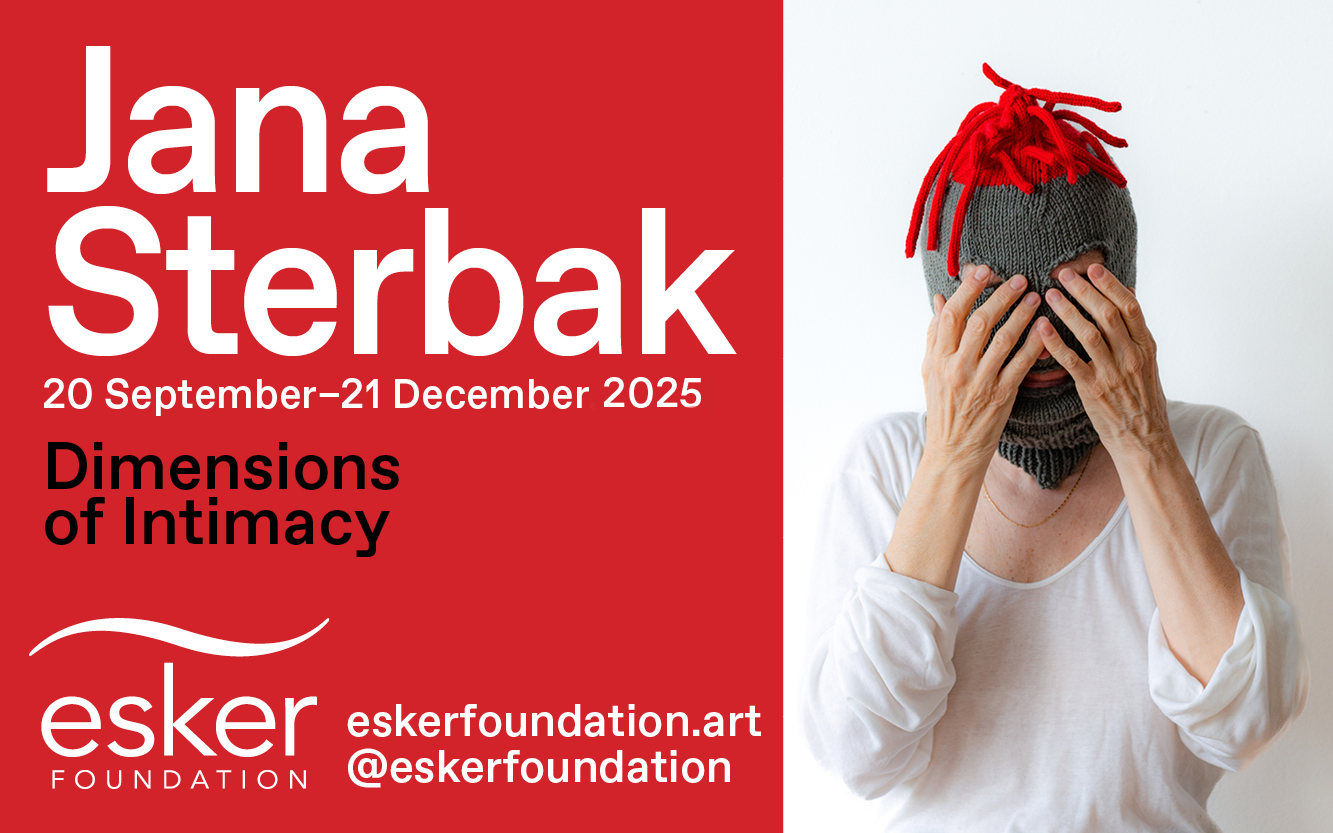
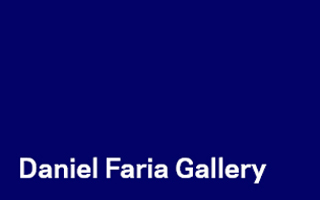



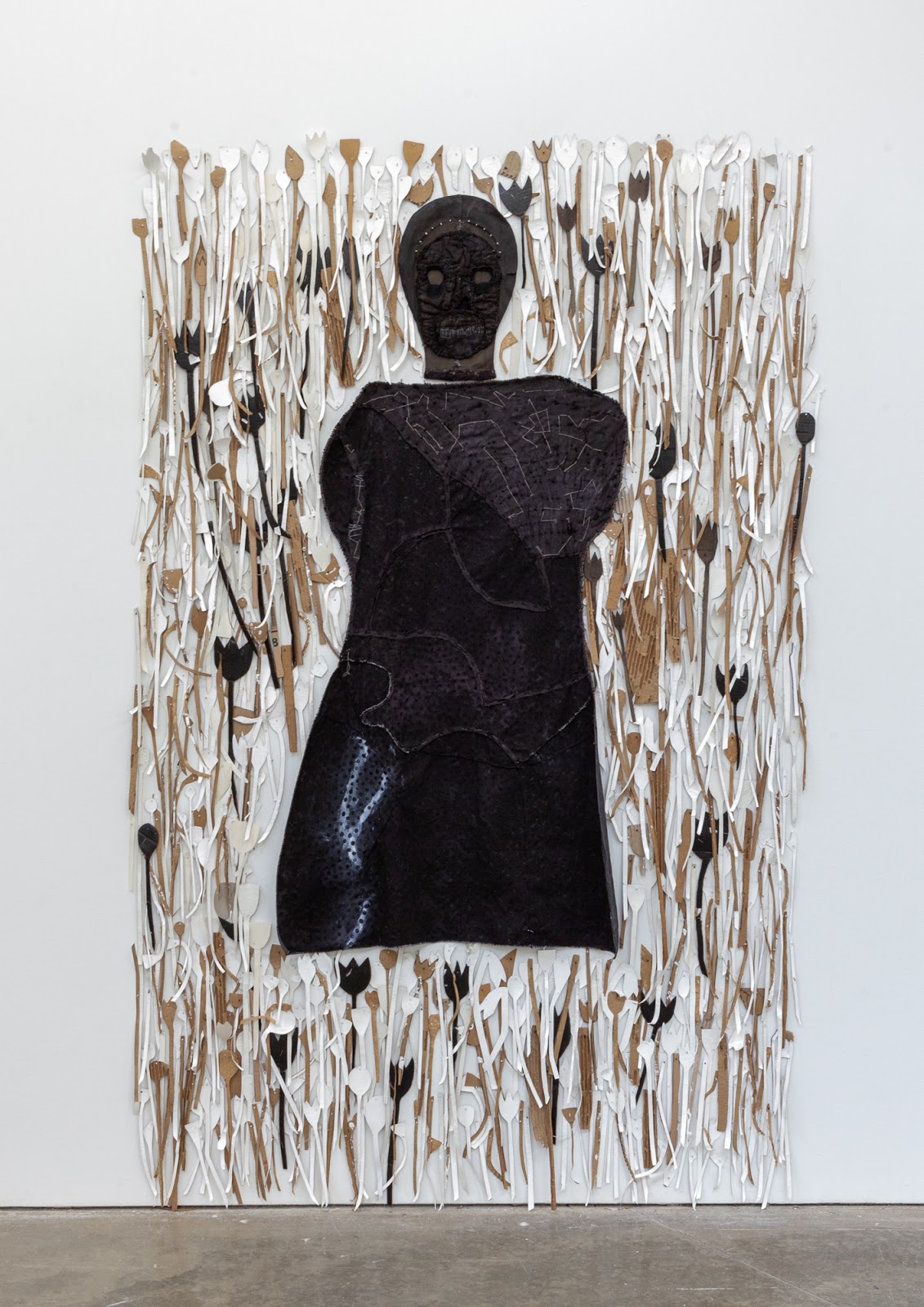

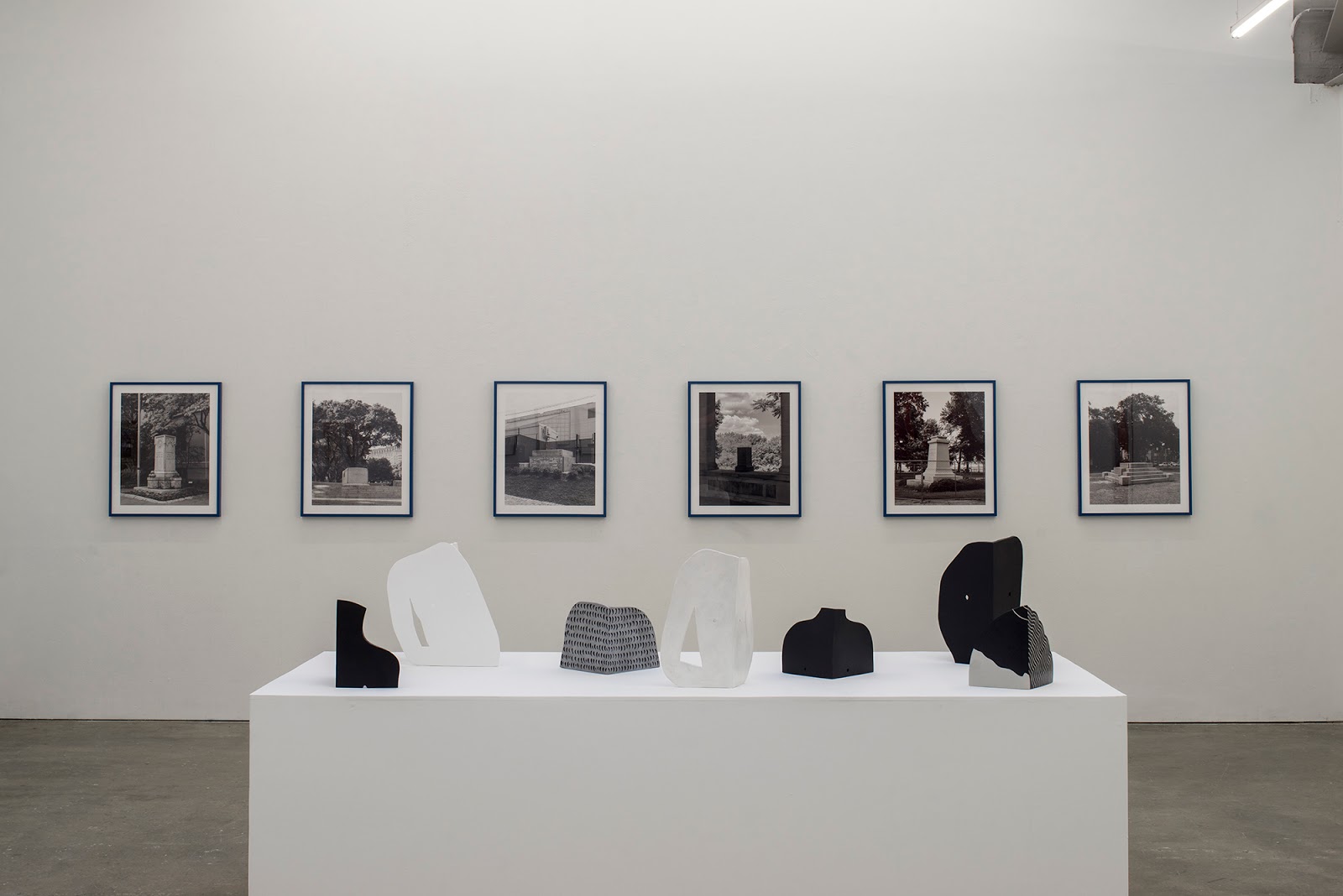
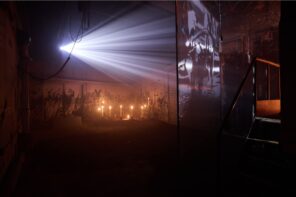



2 Comments